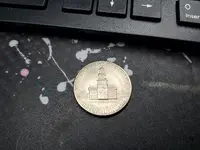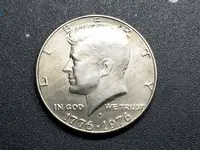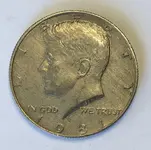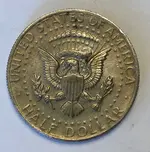Wow, I guess I didn't understand that I couldn't have a different opinion than anyone else.....thank you for just saying "wrong" and letting us know that your opinion rules this board and is always correct and mine is in fact, nonsense. Atta boy, show everyone who's boss!....I bet you drive a big truck.
This is not a matter of "opinion", 1235CE. In a situation like this when someone asks whether a coin has been cleaned, or what the presence of something is, it either is or it is not. In this case, it is roller marks. There's no debating it. This whole idea that facts are debatable or has anything to do with opinion is how Numismatic Misinformation is just tossed around on the internet, and it's how these uneducated YouTubers are able to disseminate completely false information. "I said a coin was worth $10K when it's not, but oh well, it was my opinion and I'm entitled to it."
"No, you're wrong. That coin is worth about 2 cents."
"UGGH! YOURE A HATER! YOU DONT RESPECT MY OPINION! IF YOU CANT SAY SOMETHING NICE DON'T SAY IT AT ALL!"
"No, this is not about being nice, nor am I being hateful. It's about you being wrong."
"Get off my YouTube channel!"
Now, if you said, "the best way to collect coins is to collect only certified examples", and then I hopped on you and said "wrong. The best way to collect is to only buy raw examples." That would be a matter of opinion.
I'm far from an expert, but I do know more about Numismatics than your average roll hunter, and especially more than the average charlatan on YouTube.
If you catch me making a mistake or a mistatement of facts, by all means correct me. I'm not above being corrected, and I'm not going to get angry or cry that my opinion is not being respected. It is what it is.
Now if you will excuse me, I need to go wash my big truck.










